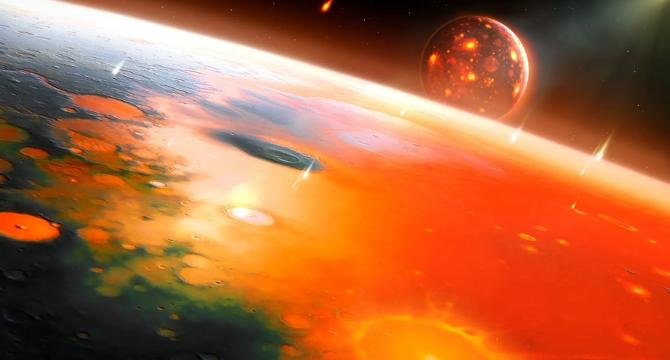Livescience
1d
143

Image Credit: Livescience
Our moon may have once been as hellish as Jupiter's super volcanic moon Io
- New research suggests that the moon's orbit could have turned it into a molten monster resembling Jupiter's moon Io, with ongoing volcanic activity for a few million years.
- A massive protoplanet collision with Earth led to the formation of the moon, causing it to drift away and solidify over time.
- The moon's orbit was influenced by the sun's gravity, resulting in a gravitational mishmash that led to volcanic eruptions on the moon.
- Gravitational forces churned up the lunar interior, creating a magma layer that erupted to the surface, resetting the lunar surface about 4.35 billion years ago.
- Methods to determine the moon's age include analyzing moon rocks, lunar zircons, and dynamical models, suggesting an age of around 4.35 billion years.
- Volcanism on the moon would have lasted for tens of millions of years, with lava seeping through the surface rather than forming mountains.
- The moon's volcanism may have inhibited the formation of a magma ocean layer, with liquid material rising through the crust.
- During this period, the moon would have appeared larger in the Earth's sky, with glowing lava flows visible.
- The Io-like volcanic phase on the moon lasted for a brief but energetic period of a few tens of millions of years.
- The moon's volcanic past sheds light on its tumultuous history and the processes that shaped its surface over billions of years.
Read Full Article
8 Likes
For uninterrupted reading, download the app